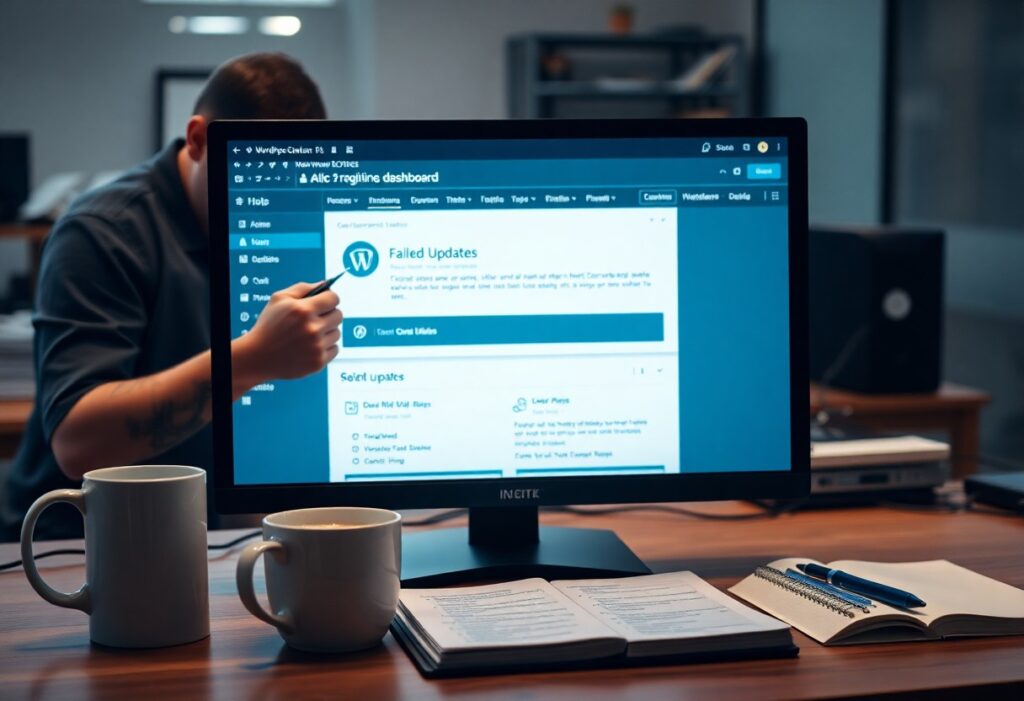Over time, you may encounter various issues related to WordPress plugins. These issues can disrupt the functionality of your site and impact user experience. Thankfully, troubleshooting plugin problems doesn’t have to be a daunting task. Follow this step-by-step guide to address the most common WordPress plugin issues effectively.
Step 1: Identify the Problem
The first step in troubleshooting is identifying what the problem is. Are you facing a site crash, slow loading times, or certain features not working as expected? Take note of the specific symptoms to help you isolate the issue to a particular plugin or combination of plugins.
Step 2: Disable All Plugins
To determine if a plugin is causing the issue, disable all your plugins. You can do this by going to your WordPress dashboard, navigating to the Plugins section, and selecting Deactivate for each plugin. After doing this, check if your problem persists. If the issue is resolved, it indicates that a plugin is at fault.
Step 3: Reactivate Plugins One by One
After verifying that the issue is related to plugins, reactivate them one at a time. After activating each plugin, check your site to see if the problem reappears. This process helps you pinpoint the exact plugin that is causing the malfunction.
Step 4: Update Your Plugins
Outdated plugins can often lead to compatibility issues. Ensure all your plugins are updated to their latest versions. You can check for updates in the Plugins section of your WordPress dashboard. Click Update Now if an update is available. After updating, test your site again to see if the issue has been resolved.
Step 5: Check for Compatibility Issues
Sometimes, certain plugins may not work well together. Review your plugin list and research if any of your active plugins are known to have compatibility issues. Additionally, ensure that your plugins are compatible with your WordPress version. If a plugin is not active, check the plugin documentation or developer’s website for such compatibility concerns.
Step 6: Review Plugin Settings
Each plugin may have its own settings that could be misconfigured. Navigate to the settings of the problematic plugin and review them carefully. Look for any settings that may interfere with other plugins or your theme. Adjust these settings and test your features again.
Step 7: Consult the Community
If you’ve tried all previous steps and the problem persists, consider seeking help. The WordPress support forums are an excellent resource for troubleshooting. You can search for similar issues or post your specific problem, and fellow users or developers can assist you.
Step 8: Reconsider Your Plugin Choice
If a plugin continues to cause issues despite troubleshooting, it may be time to explore alternatives. Look for plugins that provide similar functionalities but have better reviews and support from the community.
By following these steps, you should be well-equipped to troubleshoot common WordPress plugin issues effectively. Keep your site running smoothly and provide a seamless experience for your users!




